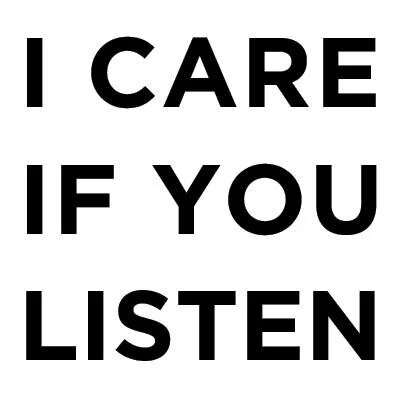Molly Herron Through Lines
molly herron, science ficta
through lines
On August 27, 2021, New Amsterdam Records will release Molly Herron’s Through Lines, an album for an ensemble of violas da gamba, an obscure instrument that saw its European heyday during the 16th and 17th centuries. For over two centuries, composers had largely ceased writing for the viola da gamba, or viol, making Through Lines a singular effort—a modern take on a historical instrument. As NPR noted, “[Herron] thinks deeply about motion, energy, and the physics of sound,” and on Through Lines, her thoughtfulness is on full display. “Each piece focuses on a different ‘found’ element,” says Herron. “A form, a gesture, a tuning, an articulation, or an aspect of physicality. The viol’s historical repertoire deeply influences this music.”
Born from a collaboration with Science Ficta (viola da gamba players Loren Ludwig, Zoe Weiss, and Kivie Cahn-Lipman), Through Lines was conceived at a 2016 Avaloch Farm Music Institute residency in Herron’s native New Hampshire. The album’s seven original works (and four interludes) complement one another perfectly—whether played chronologically, individually, or reordered altogether, there is a fundamental through line to Through Lines.
On Through Lines, Herron approaches the viol from myriad angles while still creating an accessible album that cohesively captures this strange and special instrument.
“The viol looks and sounds a bit like a cello and it’s fretted and tuned more like a guitar,” says Herron. “But it is in a category entirely of its own. It is sweet and harsh, rich and delicate, airy and earthy. It has a deeply human capacity for expression. I’ve been playing viol since I was a teenager, and Through Lines is me finally reckoning with the viol as a composer. I’m inspired by the versatile beauty of this instrument. It contains so many colors and characters. I think of this collection of pieces as each homing in on a different aspect of the viol.”
With iridescence and shifting colors, an approach that is organic, yet strange, Molly Herron builds a world out of detailed portraits, each distinct, yet born of deep connections.
Track Bios
In “Canon No. 3,” a single melody provides the building block for this multi-layered canon. Each new melody shares a simultaneous note with its predecessor, but never the first note.
Interludes 1, 2, 3, & 4 take advantage of the viol's uniquely flexible intonation (due to its movable frets). Each interlude navigates regions of the overtone series and its various consonances and clashes.
“Trill” transforms the trill from an ornament into the central focus of the work, driving rhythmic twists and turns.
“After Picforth” is inspired by the British composer Picforth (from the British Library manuscript 31390) in which each player performs only one rhythmic note value. The piece begins with Picforth’s conceit and transforms it into an alternate polyrhythmic landscape.
“Lyra” is a nod to the great English viol tradition of alternate tunings, traditionally called lyra tunings. The tuning here is a D major seventh chord, and the piece is oriented around the harmonics of the open strings. A unique pizzicato harmonic technique gives this piece its distinctive sound.
“Canon No. 2” explores different melodic overlays through varying theme entries and a minimalist stretching of the canon melody.
“Roll” is inspired by the iconic rolled chord, which is featured prevalently in historic musical literature. Using every available string, these rolled chords put the viol da gamba’s power on full display.
“Hammer and Pull” highlights the connections between the guitar and viol. No bows are used and the focus is on the fingerboard’s sound artifacts—the performer's fingers “hammer on” and “pull off” the strings.
Album Credits
All music composed by Molly Herron
Loren Ludwig, Zoe Weiss, Kivie Cahn-Lipman, bass viola da gamba
Molly Herron, additional bass viola da gamba on interludes 1, 2, 3, and 4
Recorded by Andres Villalta at Princeton University
Mixed and mastered by Dave Darlington at Bass Hit Studios in New York City
Album artwork by: Maiko Kikuchi










